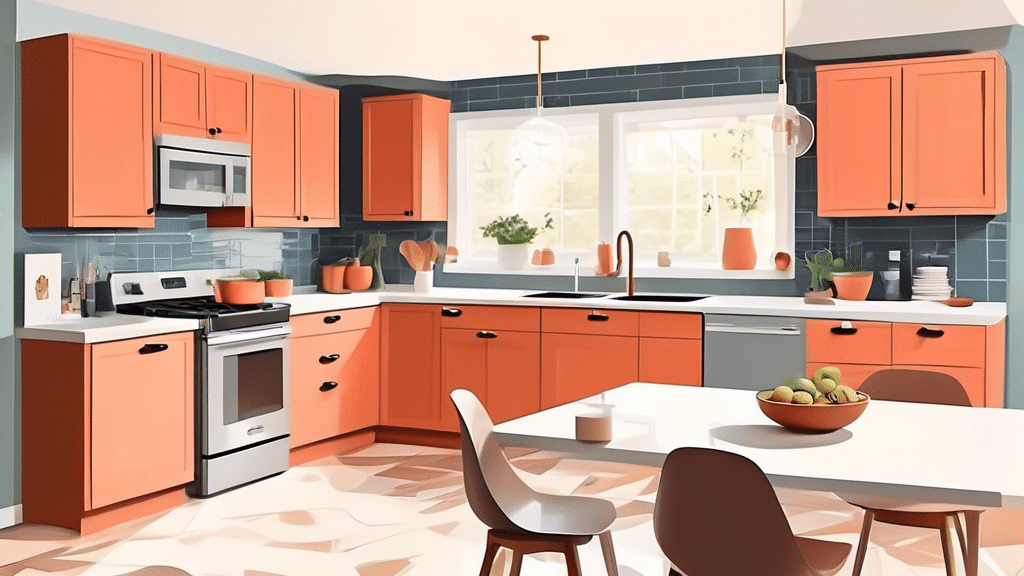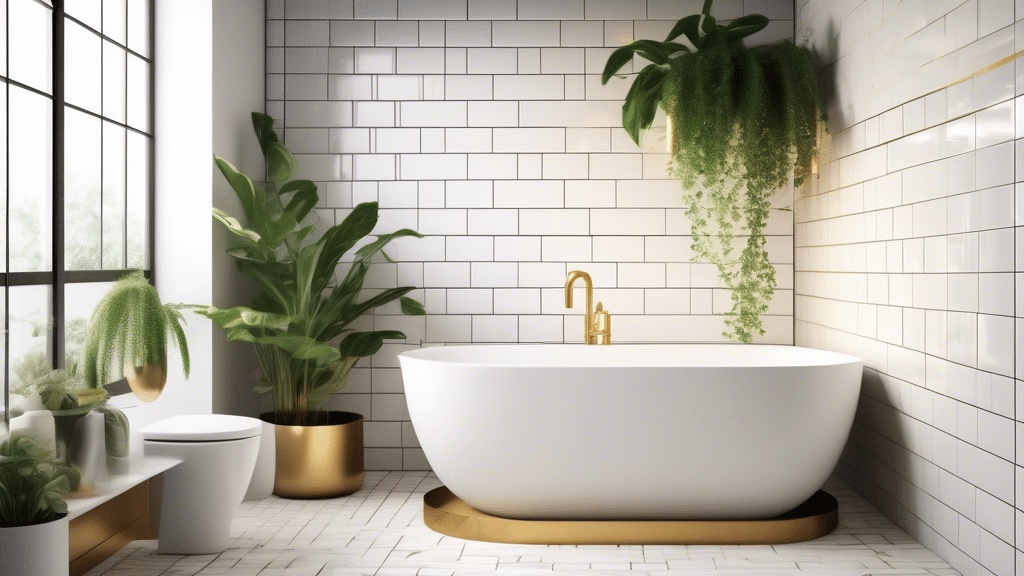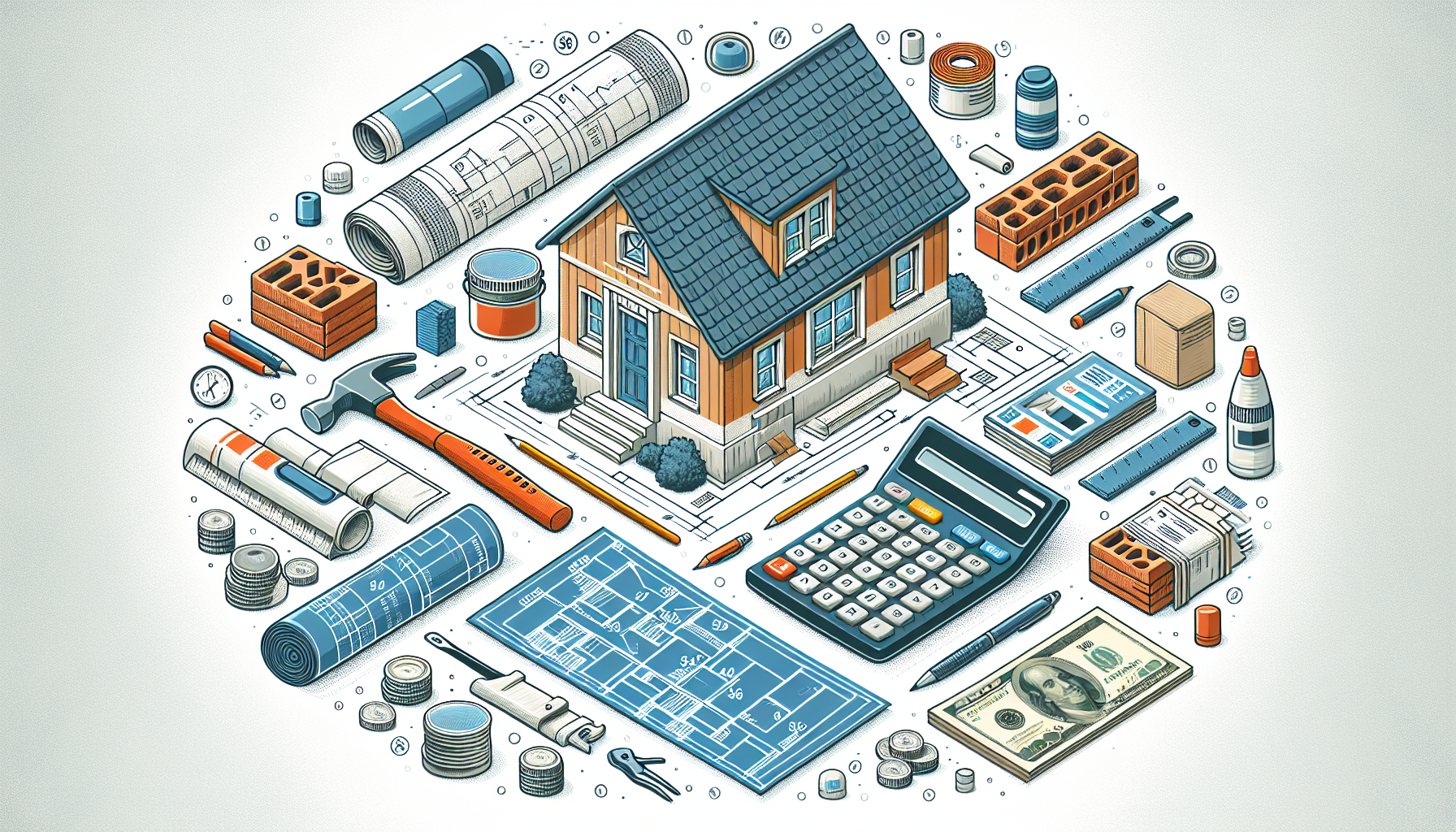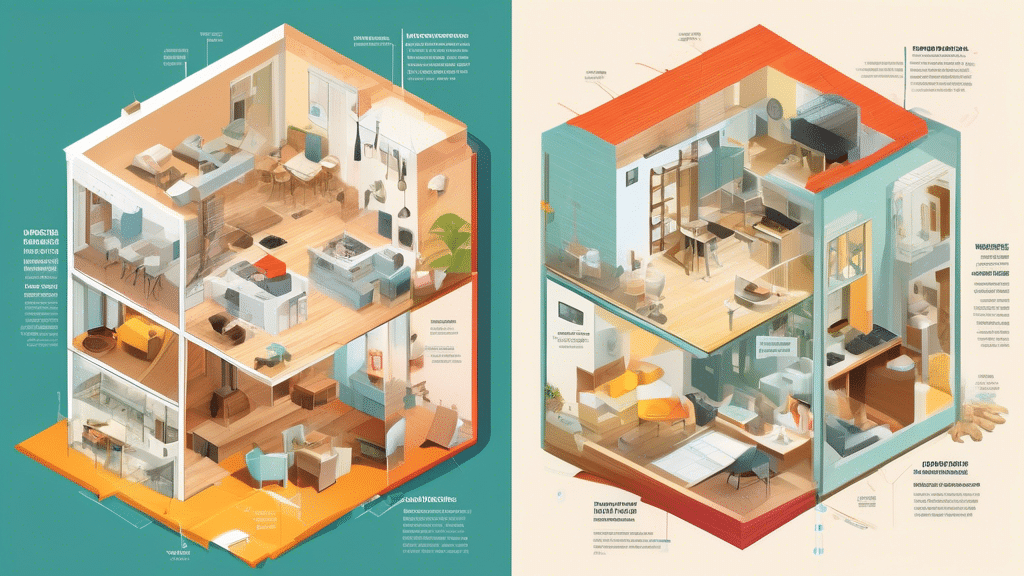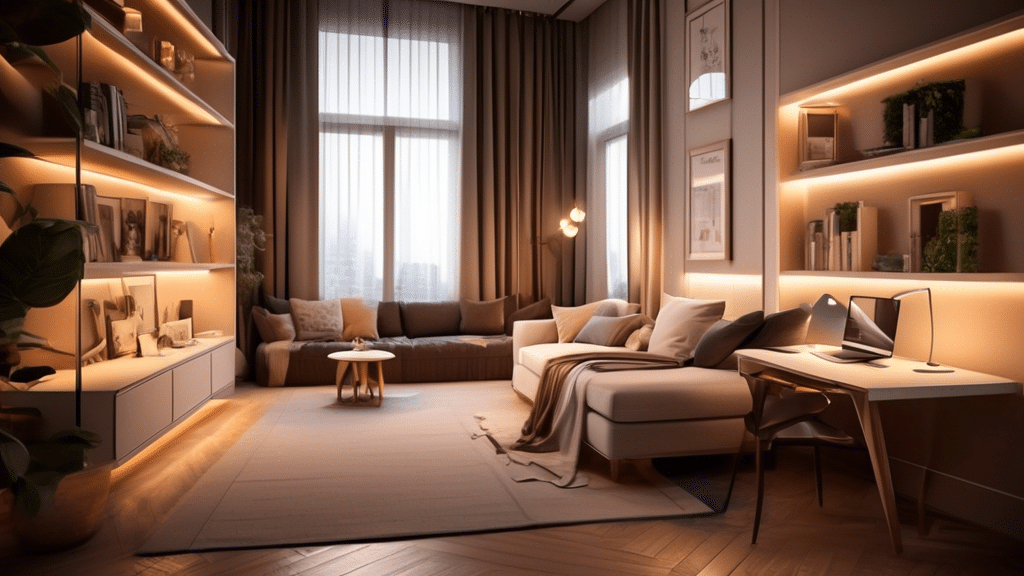Top Layouts and Styles in Kitchen Renovations
Welcome, friend! If you’ve been dreaming about renovating your kitchen but feel overwhelmed by where to start, you’ve come to the right place. Let’s dive into the world of kitchen renovation trends together, exploring the most coveted layouts and styles that can transform your space into the heart of your home.
Open-Concept Layout
The open-concept layout has been a favorite for many years, and it’s not hard to understand why. This layout fosters an inviting atmosphere by blending the kitchen with adjacent living spaces, promoting interaction and connection. It’s perfect for those who love to entertain guests or want to keep an eye on the kids while cooking. Plus, the flow of natural light across the open space can make your kitchen appear brighter and more spacious.
L-Shape with an Island
An L-shaped kitchen with an island strikes a beautiful balance between functionality and social interaction. The L-shape provides you with a practical workflow triangle, making cooking and cleanup efficient. Adding an island in the center doesn’t just offer additional countertop space; it also becomes a central gathering point for casual dining or morning coffee chats. It’s a layout that caters to both the chef and the socialite in you.
Galley Kitchen
Do not underestimate the potential of a galley kitchen. Ideal for smaller spaces, this layout maximizes every inch with two parallel counters, making everything you need accessible. It’s a testament to the saying that good things come in small packages. With the right design choices, a galley kitchen can feel cozy, streamlined, and surprisingly spacious.
Modern Farmhouse Style
The modern farmhouse style has captured the hearts of many homeowners, blending rustic charm with contemporary chic. It’s distinguished by natural textures, a muted color palette, and a touch of vintage. Think shiplap walls, apron sinks, and open shelving. This style creates a warm, welcoming kitchen that’s as beautiful as it is functional.
Minimalist Style
For those who appreciate the mantra of less is more, the minimalist style is your go-to. This style focuses on simplicity, clean lines, and monochromatic color schemes. Clutter is kept to a minimum, with clever storage solutions hiding the mess but keeping everything within reach. A minimalist kitchen is a serene, clutter-free space that evokes calmness in the heart of your home.
Industrial Style
Embrace the beauty of raw materials with the industrial style. Characterized by exposed brick, stainless steel surfaces, and concrete elements, this style oozes urban cool. Industrial-style kitchens are not only visually striking but also highly durable, making them suitable for those who love to cook frequently.
Calculating Your Renovation Costs with Ease
While exploring these styles and layouts is exciting, knowing the potential cost upfront can significantly impact your renovation decisions. That’s where Renotag’s Renovation Cost Calculator comes into play. Say goodbye to the cumbersome process of chasing contractors for quotes. Renotag offers you a straightforward solution by using REAL market-rate costs for your renovation calculations, including localized labor rates and real materials from popular stores. It’s all about making your renovation journey as seamless and stress-free as possible. So why not start the renovation cost calculator and take the first step toward your dream kitchen?
Remember, renovating your kitchen is not just about following trends; it’s about creating a space that reflects your personality and meets your needs. Whether you lean towards an open-concept layout for better family interactions or prefer the sleek lines of a minimalist kitchen, your renovation journey is a personal adventure. And with tools like Renotag’s Renovation Cost Calculator, you’re one step closer to making your dream kitchen a reality. Dive in and let the transformation begin!
